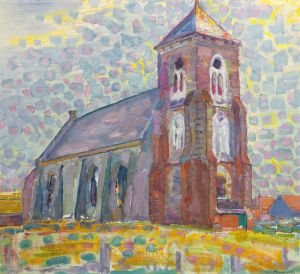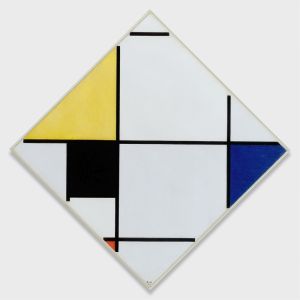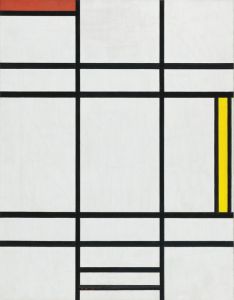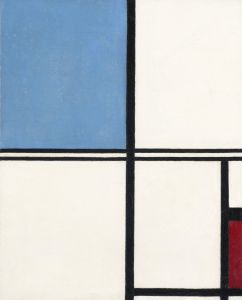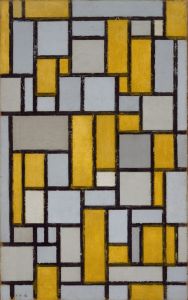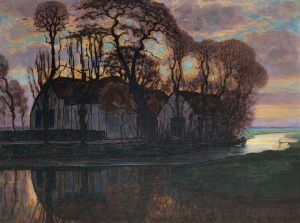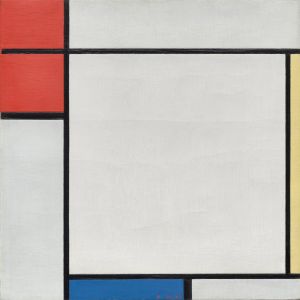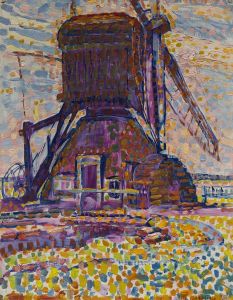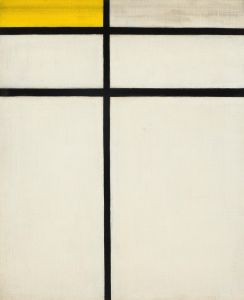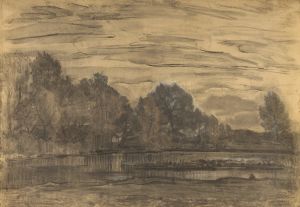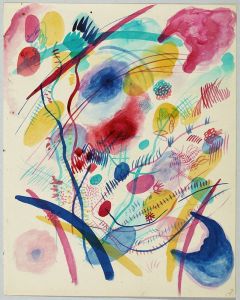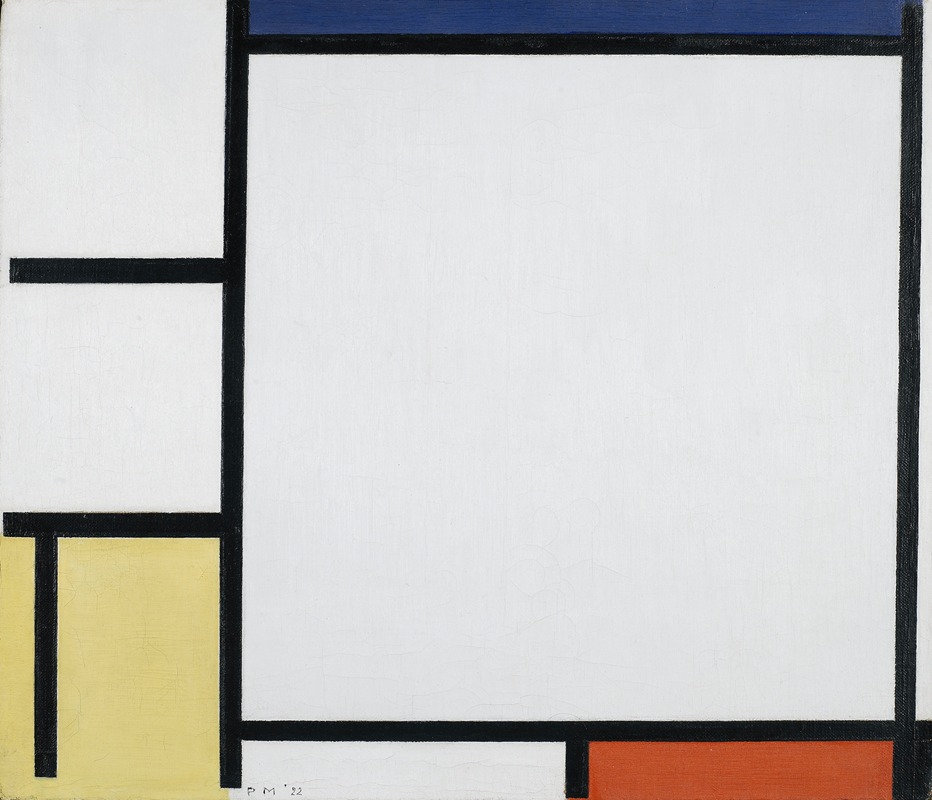
Composition with Blue, Red, Yellow, and Black
A hand-painted replica of Piet Mondrian’s masterpiece Composition with Blue, Red, Yellow, and Black, meticulously crafted by professional artists to capture the true essence of the original. Each piece is created with museum-quality canvas and rare mineral pigments, carefully painted by experienced artists with delicate brushstrokes and rich, layered colors to perfectly recreate the texture of the original artwork. Unlike machine-printed reproductions, this hand-painted version brings the painting to life, infused with the artist’s emotions and skill in every stroke. Whether for personal collection or home decoration, it instantly elevates the artistic atmosphere of any space.
"Composition with Blue, Red, Yellow, and Black" is a painting by the Dutch artist Piet Mondrian, created in 1922. Mondrian is a pivotal figure in the development of modern abstract art, and this work is a quintessential example of his mature style, which he termed "neoplasticism." This style is characterized by a strict use of geometric forms and a limited palette of primary colors, along with black, white, and gray.
Mondrian's journey towards abstraction began in the early 20th century, influenced by the Cubist movement and his own spiritual beliefs. He sought to express universal truths and harmony through art, which led him to strip away the representational elements in his work. By the time he created "Composition with Blue, Red, Yellow, and Black," Mondrian had fully embraced abstraction, focusing on the balance and tension between the elements in his paintings.
The painting itself is composed of a grid of vertical and horizontal black lines that intersect to form rectangles of varying sizes. Within this grid, Mondrian placed blocks of primary colors—blue, red, and yellow—alongside areas of white and black. The arrangement of these elements is not random; Mondrian meticulously balanced the composition to achieve a sense of dynamic equilibrium. The use of primary colors and straight lines reflects Mondrian's belief in the purity and universality of these elements.
Mondrian's work during this period was heavily influenced by his involvement with the De Stijl movement, which he co-founded with the Dutch artist and architect Theo van Doesburg. De Stijl advocated for a new form of art and architecture that emphasized simplicity and abstraction, aiming to create a harmonious and orderly society. Mondrian's paintings from this time, including "Composition with Blue, Red, Yellow, and Black," embody these principles, seeking to transcend individual subjectivity and express a universal aesthetic language.
The impact of Mondrian's work extends beyond painting. His ideas influenced various fields, including architecture, design, and fashion. The simplicity and clarity of his compositions have inspired countless artists and designers, contributing to the development of modernism and minimalism.
"Composition with Blue, Red, Yellow, and Black" is housed in the collection of the Kunsthaus Zürich in Switzerland. It remains a significant work in Mondrian's oeuvre, exemplifying his commitment to abstraction and his exploration of the relationship between form and color. The painting continues to be celebrated for its innovative approach and its influence on the trajectory of modern art.
Mondrian's legacy is evident in the continued relevance of his work. His exploration of abstraction and his quest for universal harmony through art have left an indelible mark on the art world. "Composition with Blue, Red, Yellow, and Black" stands as a testament to his vision and his contribution to the evolution of abstract art.





